Which Components of vending machines need to be replaced regularly?
2024-12-23 10:51:50
Coin Mechanism
The coin mechanism is a critical component of vending machines that requires regular attention and maintenance. This electromagnetic device is responsible for identifying and validating coins inserted by customers. It utilizes a sophisticated light sensor system to determine the size and metal composition of each coin, ensuring that only valid currency is accepted.
Due to the high-frequency use of vending machines, Vending Machine Components are subject to significant wear and tear. Over time, the constant flow of coins can lead to the degradation of the sensor components, affecting their accuracy in detecting and validating coins. This wear can result in the machine rejecting valid coins or, worse, accepting counterfeit currency.
Regular inspection of the Vending Machine Components is crucial to maintain the vending machine's efficiency and prevent revenue loss. Experts recommend a thorough check of the Vending Machine Components every 3-6 months, depending on the machine's usage. During these inspections, technicians should look for signs of wear on the coin chute, sensor components, and rejection mechanisms.
In addition to wear, coin mechanisms can also accumulate dirt, dust, and debris from the coins themselves. This buildup can interfere with the sensor's ability to accurately read coins. Therefore, regular cleaning of the coin mechanism is essential. This typically involves using compressed air to remove loose debris and specialized cleaning solutions for more stubborn dirt.
While regular maintenance can extend the life of a coin mechanism, eventual replacement is inevitable. Most manufacturers recommend replacing the entire coin mechanism every 2-3 years, or sooner if signs of malfunction become apparent. Signs that a coin mechanism needs replacement include frequent coin jams, increased rejection of valid coins, or acceptance of invalid currency.
Bill Validator
The bill validator is another crucial component of vending machines that requires regular attention. This sophisticated device is responsible for verifying the authenticity of banknotes and detecting their denominations. It employs various technologies, including optical scanning, magnetic sensors, and sometimes ultraviolet detection to ensure that only genuine currency is accepted.
Bill validators are one of the most common sources of mechanical problems in vending machines. The constant handling of paper currency can lead to wear on the validator's components, affecting its ability to accurately read and validate bills. Additionally, dust, dirt, and debris from the bills themselves can accumulate inside the validator, further compromising its functionality.
Regular cleaning of the bill validator is essential to maintain its performance. This should be done at least once a month, or more frequently for high-traffic machines. The cleaning process typically involves using specialized cleaning cards that are run through the validator to remove dirt and debris from the bill path and sensors.
Inspection of the bill validator should be carried out during each maintenance visit. Technicians should check for signs of wear on the bill path, ensure that all sensors are functioning correctly, and verify that the stacker mechanism is operating smoothly. Any worn or damaged parts should be replaced promptly to prevent more severe issues from developing.
While regular maintenance can significantly extend the life of a bill validator, these components typically need to be replaced every 3-5 years. Signs that a bill validator may need replacement include increased rejection of valid bills, acceptance of counterfeit currency, or frequent bill jams.
Product Dispensing Mechanism
The product dispensing mechanism is the component responsible for delivering the selected item to the customer. This can include various systems such as auger systems for snack items, robotic arms for bottled drinks, or conveyor belts for larger items. These mechanisms are subject to significant wear due to their frequent and repetitive movements.
Auger systems, commonly used in snack vending machines, can wear down over time, leading to inconsistent product delivery or jams. The spiral coils that make up the auger system may become stretched or damaged, particularly if they're used to dispense heavier items. These coils typically need to be replaced every 1-2 years, depending on usage.
Robotic arms, often used in beverage vending machines, have multiple points of potential wear. The arm's joints, grippers, and motors all experience stress with each use. Regular lubrication of these components is essential to reduce wear and extend their lifespan. Despite maintenance, these components may need replacement every 2-3 years in high-traffic locations.
Conveyor belt systems, used in some larger vending machines, can experience wear on both the belt itself and the rollers that drive it. The belt may stretch or develop tears over time, while the rollers can wear down or become misaligned. Inspection of these components should be carried out monthly, with replacement typically necessary every 3-5 years.
Regular inspection of all product dispensing mechanisms is crucial. This should include checking for smooth operation, proper alignment, and any signs of wear or damage. Prompt replacement of worn components can prevent more severe issues, such as product jams or delivery failures, which can lead to customer dissatisfaction and lost revenue.
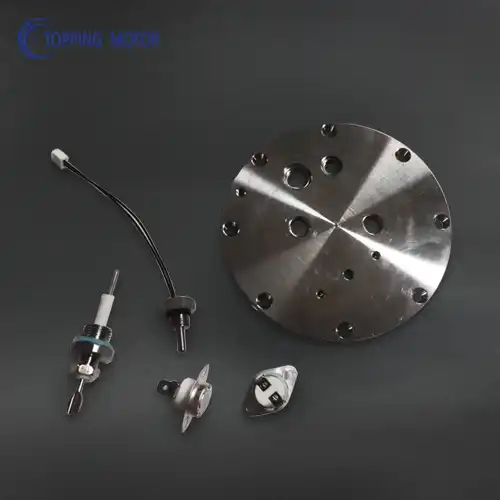
Control Board Or Main Board
The control board, often referred to as the main board, is the central nervous system of a vending machine. It manages all the machine's functions, from processing payments to controlling the dispensing mechanisms. While not subject to the same physical wear as mechanical components, control boards can still require replacement or upgrades over time.
One of the primary reasons for replacing a control board is to accommodate new software or features. As vending machine technology evolves, newer software may offer improved functionality, better reporting capabilities, or enhanced security features. In some cases, these software upgrades may require more advanced hardware, necessitating a control board replacement.
Control boards can also fail due to various factors. Electrical surges, extreme temperatures, or moisture exposure can all potentially damage the sensitive electronics on the board. While these issues are relatively rare in well-maintained machines, they can occur and may require board replacement.
Regular inspection of the control board is essential, even though it may not show visible signs of wear. This inspection should include checking for any signs of corrosion, loose connections, or burn marks that could indicate electrical issues. The machine's error logs should also be reviewed regularly, as recurring errors may point to control board issues.
Most vending machine manufacturers recommend a control board replacement or upgrade every 5-7 years. However, this can vary depending on the specific machine model, usage patterns, and technological advancements in the industry. It's important to stay informed about available upgrades and to consider the cost-benefit of upgrading versus continuing to use an older system.
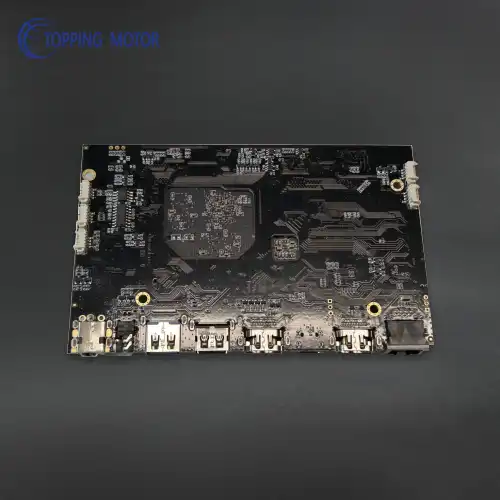
Vending Machine Components Manufacturer
When it comes to replacing vending machine components, choosing a reliable manufacturer is crucial. One such manufacturer is Topping Motor Vending Machine Components, which specializes in customized CNC parts and mechanical parts for vending machines.
Topping Motor's use of CNC (Computer Numerical Control) technology allows for high precision in component production, which is essential for ensuring the smooth operation of vending machines. Their ability to create customized parts is particularly valuable when dealing with older or unique vending machine models that may require specialized components.
The company's focus on mechanical parts makes them a suitable choice for replacing many of the components discussed in this article, including parts of the coin mechanism, bill validator, and product dispensing systems. Their expertise in these areas can help vending machine operators ensure they're using high-quality, durable replacements that will extend the life and improve the performance of their machines.
For those interested in exploring Topping Motor Vending Machine Components' offerings or discussing custom component needs, they can be contacted at sales@huan-tai.org. When selecting a manufacturer for replacement parts, it's important to consider factors such as the quality of materials used, precision of manufacturing, and the manufacturer's understanding of vending machine operations and requirements.
References
1. Vending Times. (2023). Maintaining Vending Machines: A Comprehensive Guide.
2. National Automatic Merchandising Association. (2022). Best Practices for Vending Machine Maintenance.
3. Automatic Merchandiser. (2023). Vending Machine Component Lifespan and Replacement Guide.
4. MEI Group. (2022). Coin Mechanism Maintenance and Replacement Guidelines.
5. Crane Payment Innovations. (2023). Bill Validator Care and Maintenance.
6. Vending Machine Business. (2022). Product Dispensing Mechanisms: Maintenance and Replacement.
Send Inquiry

.webp)
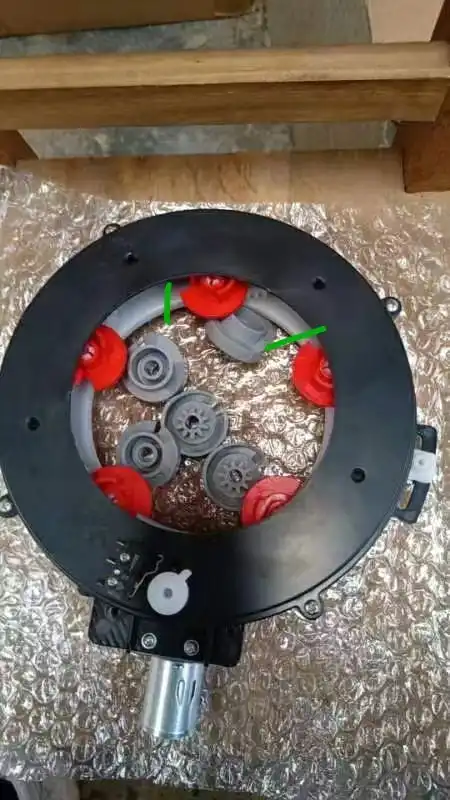
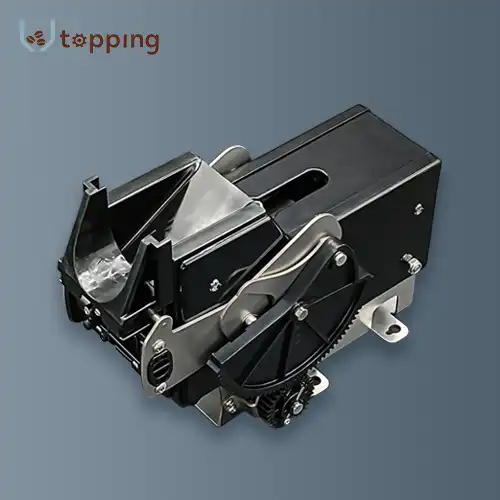
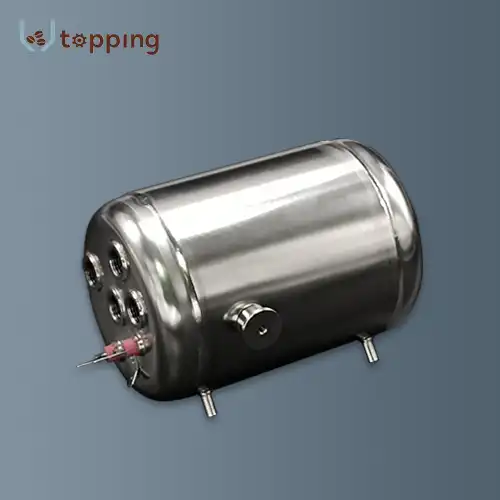
.webp)

